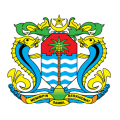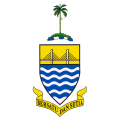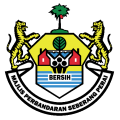PWDC’s Gender Checklist is a 3-in-1 compilation checklist with items taken from or inspired by:
Everyone involved in planning and building public, commercial and housing facilities:
It is suggested that the Gender-Friendly Facilities Checklist be used together with other consultative and social impact assessment methods (i.e. surveys and focus group discussions) to determine if the design and layout of the building / facility / area suits and meets the needs of all potential user groups i.e. women, men, girls, boys, the elderly and people with disabilities.


